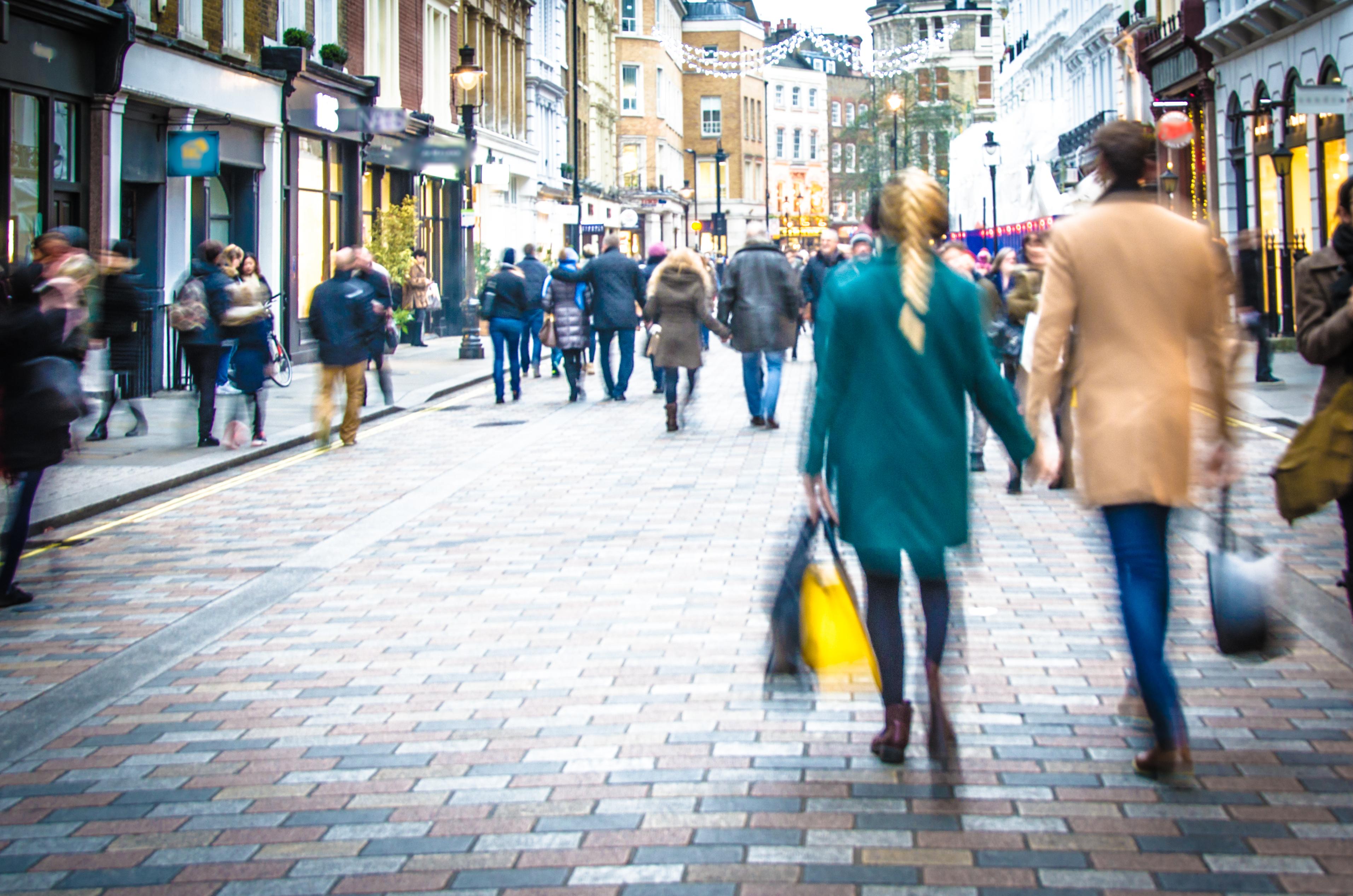Will Small Format Retail Be the Next Big Thing?
Small format stores may not be the next “big thing,” as much as they are a natural step in retail’s revolution, given you understand the role physical retail will play in the future.
Mega-retailers like Macy’s, WalMart, Whole Foods, Best Buy, Nordstrom, Kohl’s and Target are among the few making headlines for their downsizing efforts. A lot of these smaller format retailers are downsized by over half the size of their traditional store formats, and are common in more urban neighborhoods. While other retailers like Sephora have launched smaller format stores that offer more experiences and beauty services than product inventory.
Here are some of the key reasons why you’re seeing more small format retail stores.
Customers are over wandering through massive stores.
If you’re looking for selection, chances are you aren’t going to a physical store. Physical retail simply can’t compete with the expanse of product options that the internet has to offer. Consumers no longer want to spend an hour or more wandering through massive isles, trying to locate what they’re looking for. Smaller format stores are a reaction to this change in behavior. Instead of offering thousands of products, why not offer they specific ones the customer has on their list, and make it easier to find?
Customers needs are based on their location and demographic.
These smaller stores really tune into a hyper targeted demographic. What they sell is based on location and season. A Target in Arizona may have sandals on display year-round, where in Chicago, consumers are only interested in buying them for a few months out of the year. Thus, the smaller format stores are more niche, they tap into the local neighborhoods, and will attempt to offer the specific items on their particular shopper’s list, with ease.
With smaller inventory, a more knowledgeable and available staff emerges.
At any mega-retailer, asking for help can at times be an issue. It seems that the staff are always busy with inventory, and when you are able to find someone, they are limited in their product knowledge. Small format stores help change that. With a limited amount of inventory, the staff is not only more available to help, but their more knowledgeable of the store layout and the products they sell.
More experiential focused retail is the saving grace for many big brands.
The way brick and mortar will excel in the future is to simply offer something that ecommerce can’t. Can a website offer a customer the opportunity to make an Instagram story about the new “magic mirrors” they are trying, that are being talked about all over the internet? Can a website make you feel a certain way once you try an outfit on? Retail and beauty brands are realizing the potential to not only offer a more intimate shopping experience through smaller retail stores, but they are able to create shareable experiences for customers in a way that ecommerce can’t.


